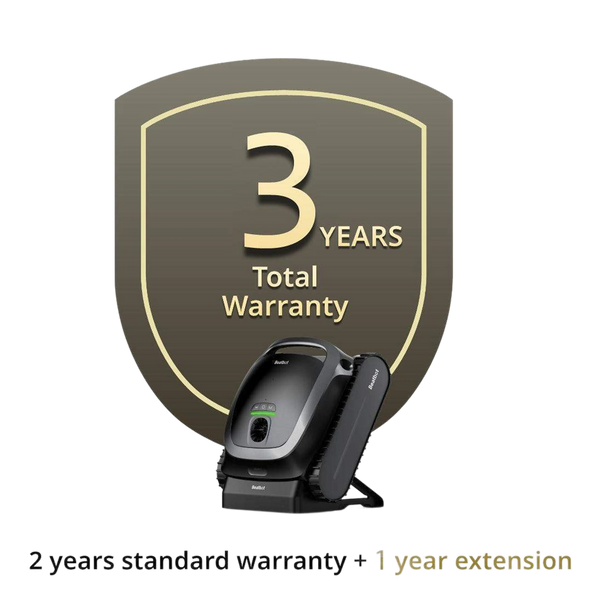Why is Mustard Algae So Hard to Get Rid of?
Owning a swimming pool is an absolutely fantastic thing, but hey, let's face it – since the end of summer, when was the last time you gave your pool a good scrub-down? An outdoor pool is constantly under attack from all sorts of stuff – oils from swimmers, bird droppings, and leaves blown in by the wind. These gross little critters and the microorganisms they bring can turn your beloved pool into a smelly mess in no time.
Reading this, are you already itching to get out there and clean it up? But oh no, you look down and see that the beautiful pool bottom is now a thick, mustard-colored algae carpet. You've put in the elbow grease to get rid of it, but the next day, there they are again, mocking you from the depths of your pool. What are these little guys, and why are they so stubborn?
Table of content

What Exactly is Mustard Algae?
Mustard algae (also known as mustard green algae) is a common pool party pooper. It's basically just another type of algae, but with a slightly different color palette – yellowish, yellow-green, or even yellow-brown. This algae loves to stick to the pool bottom and walls, looking like a gross mix of sand and mud. And trust us, having mustard algae in your pool is not a good look – it's bad news for your water quality, your health, and your pool's infrastructure.
The Nastiness of Mustard Algae:
Impact on Water Quality
Clarity Crisis:
Mustard algae clinging to your pool's surfaces can make the water look murky and uninviting, ruining your pool's aesthetic appeal and your swimming experience.
Disinfectant Devourer:
These algae love to munch on your pool's disinfectants, like residual chlorine, reducing their effectiveness and making it easier for bacteria and viruses to thrive.
Hazards to Swimmers' Health
Skin Irritation:
Mustard algae and its byproducts can irritate your skin, causing redness, itchiness, and discomfort – no more a relaxing dip.
Breathing Troubles:
Tiny particles of mustard algae floating in the water or stuck to the walls can be inhaled, causing coughing, asthma, and other respiratory issues.
Disease Spreader:
The more mustard algae there is, the higher the risk of bacteria and viruses, putting you at greater risk of catching an infectious disease.
Hazards to Pool Facilities
Filter Clogger:
Mustard algae and its slimy byproducts can clog up your pool's filtration system, making it less effective and potentially damaging the equipment.
Corrosion Cause:
The acidic byproducts of mustard algae can eat away at your pool's walls and bottom, shortening their lifespan and costing you more money.

Now that we know why we need to get rid of mustard algae, why is it such a pain to do so?
Factors Making Removal a Challenge:
Rapid Growth and Spread:
Mustard algae are like weeds in your pool – they grow and spread super fast, covering large areas in no time and making it hard to keep up with.
Tough and Resilient:
These algae are tough cookies – they can survive in a wide range of water conditions, even when your pool is thoroughly sanitized with high levels of chlorine or bromine.
Spores and Regrowth:
Mustard algae produce spores that can germinate and grow into new colonies even after you've removed the main algae. These spores can be lurking in your pool water, filter, or even on the pool surfaces, making it easy for the algae to come back with a vengeance.
Removal Difficulty:
Scrubbing mustard algae off your pool can be a real workout, and it might not even get rid of all of it. Using harsh chemicals or pressure washing can damage your pool's surfaces, and draining and refilling the pool is a hassle.
Prevention Hurdles:
In the early stages, mustard algae can be tricky to spot. Often, you only realize your pool has turned into a yellow-green mess when the algae infestation is already out of control. So, if you don't filter, balance your chemicals, and clean your pool regularly, you're asking for an algae outbreak.
To keep mustard algae at bay in your pool, it's crucial to take a well-rounded approach that includes maintaining proper water chemistry, regular pool cleaning and maintenance, and using the right algae control products. Additionally, keeping algae-causing contaminants like leaves, dirt, and debris out of your pool can also help reduce the risk of algae growth.
Relative Blogs
About the author



















